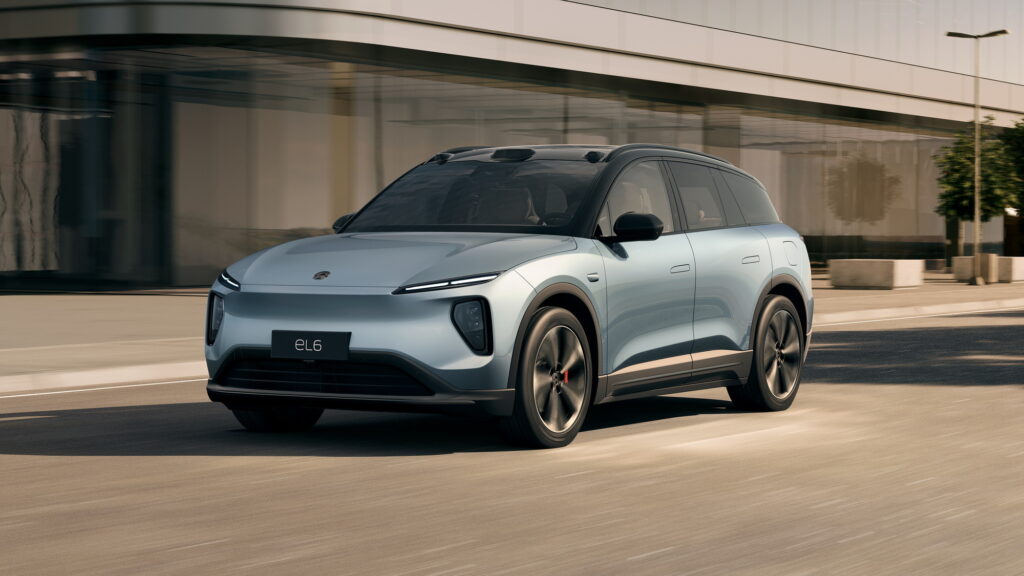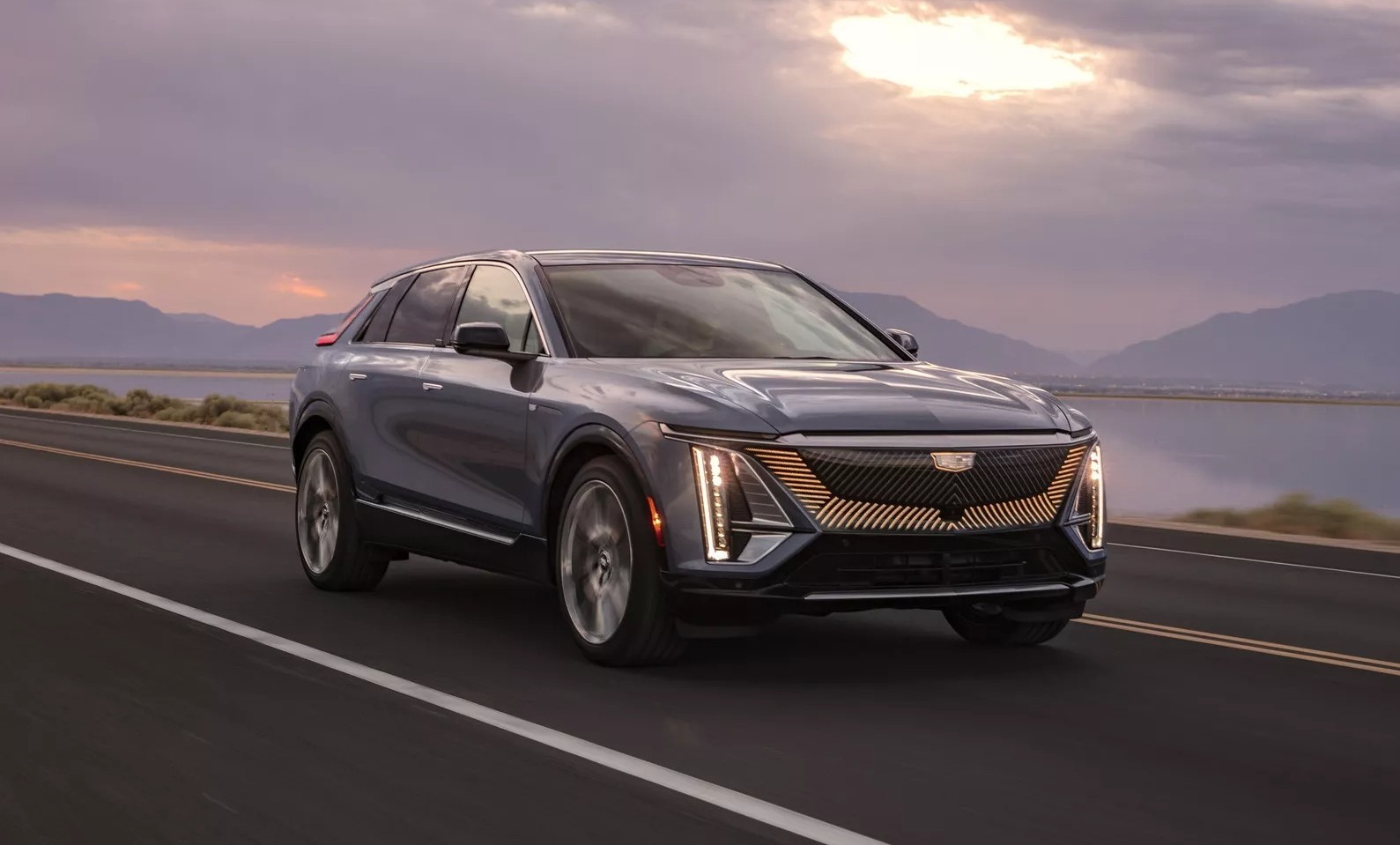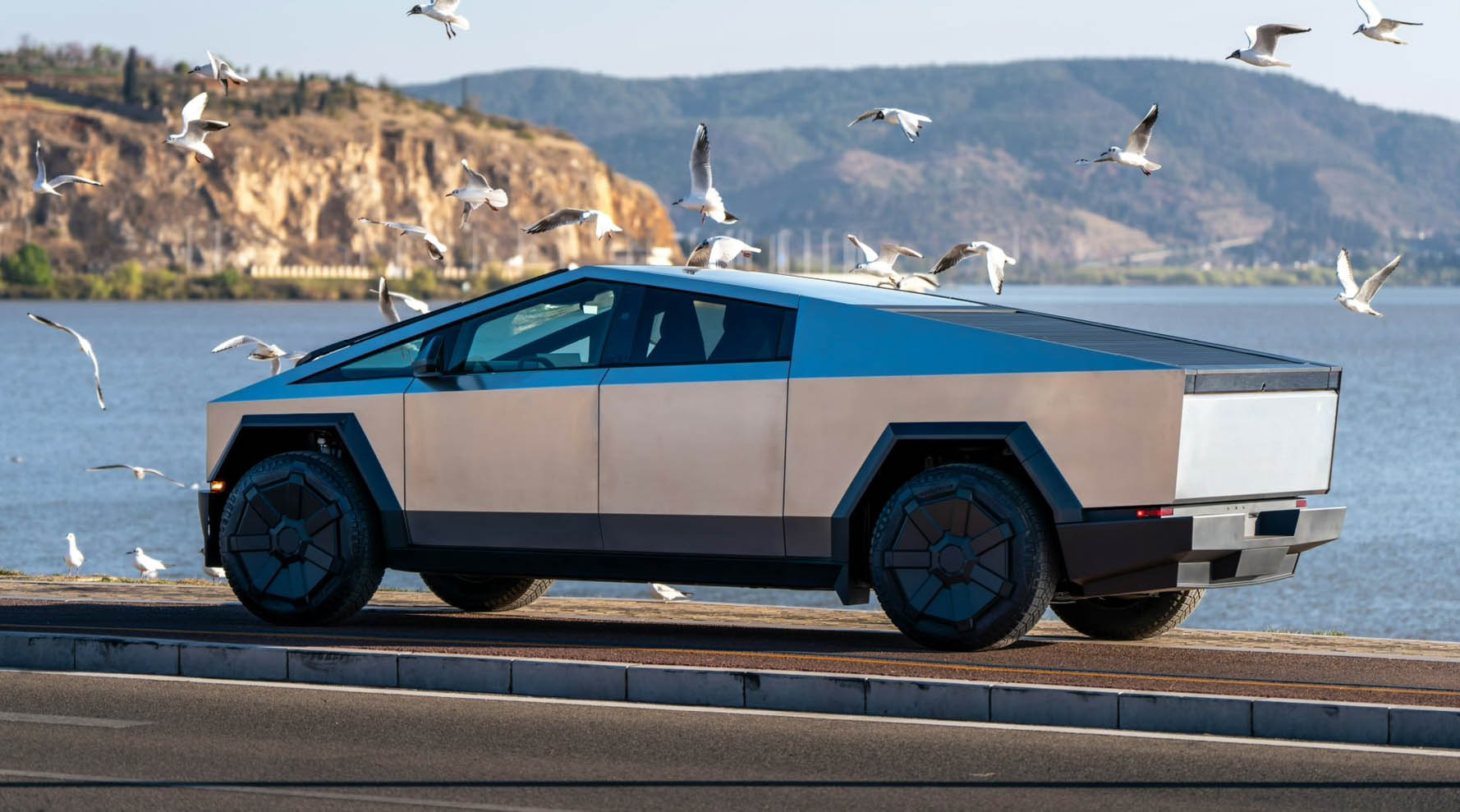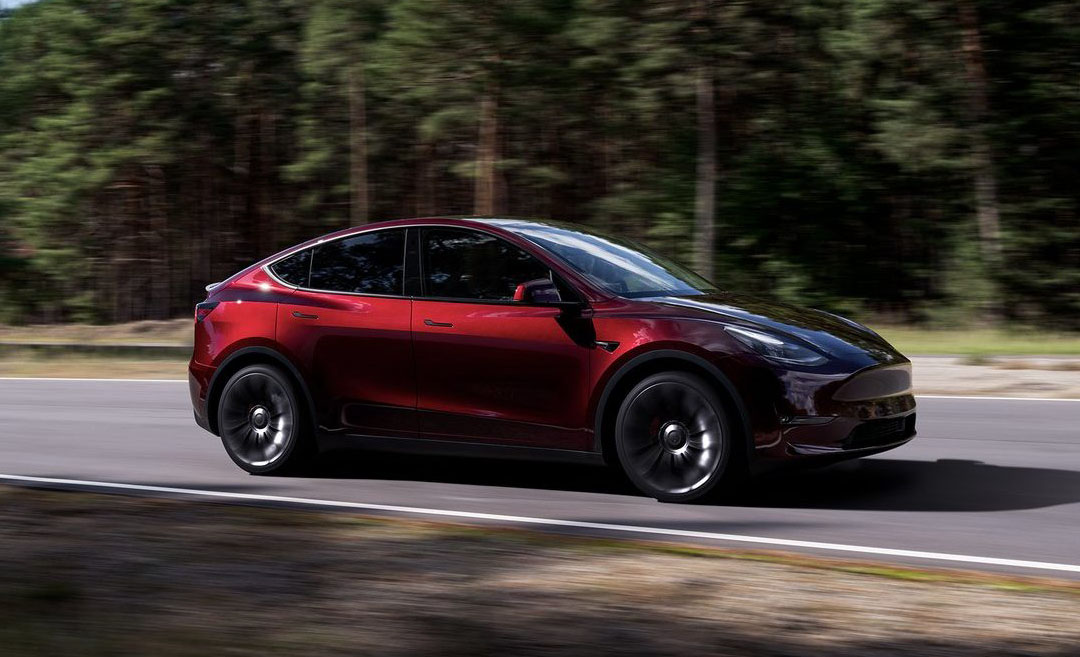Euro NCAP, the renowned automotive industry safety body known for its rigorous crash testing and star rating system, is set to raise the bar for vehicle safety starting in January 2026. Cars that undergo testing and lack physical buttons, stalks, or dials for essential functions will face penalties, potentially missing out on a five-star rating even if they excel in other areas.
The essential functions that must have physical controls include indicating directions, triggering hazard lights, sounding the horn, operating windscreen wipers, and activating the eCall SOS function, which automatically calls emergency services in the event of a serious collision. This list may expand in the future, but it marks a significant step toward improving safety standards.
See also: Kia EV9 Electric SUV Earns Five Star Euro NCAP Crash Test
Euro NCAP’s decision comes in response to the increasing prevalence of touchscreens in modern cars, particularly in electric vehicles (EVs). While large touch-enabled displays are not inherently problematic, the elimination of physical controls in favor of touchscreens poses significant safety risks. Unlike physical buttons that allow drivers to operate them by touch alone, touchscreens require visual attention, diverting focus from the road.
Matthew Avery, Euro NCAP’s director of strategic development, emphasized the need for intuitive, physical controls to minimize distractions and promote safer driving. He stated, “The overuse of touchscreens is an industry-wide problem, obliging drivers to take their eyes off the road and raising the risk of distraction crashes.”
See also: VinFast VF8 Achieves Four out of Five Stars in Euro NCAP Crash Tests
Edmund King, president of the AA, echoed these sentiments, emphasizing the importance of intuitive controls that allow drivers to concentrate on the road. He praised Euro NCAP’s proactive approach, noting the organization’s transformative impact on crash protection and its role in saving lives.
A report published in January by the European Road Safety Observatory highlighted the prevalence of driver distraction, with drivers engaged in distracting activities for approximately half of all driving time. The main causes cited were using a phone, adjusting infotainment systems, interacting with passengers, and eating.







